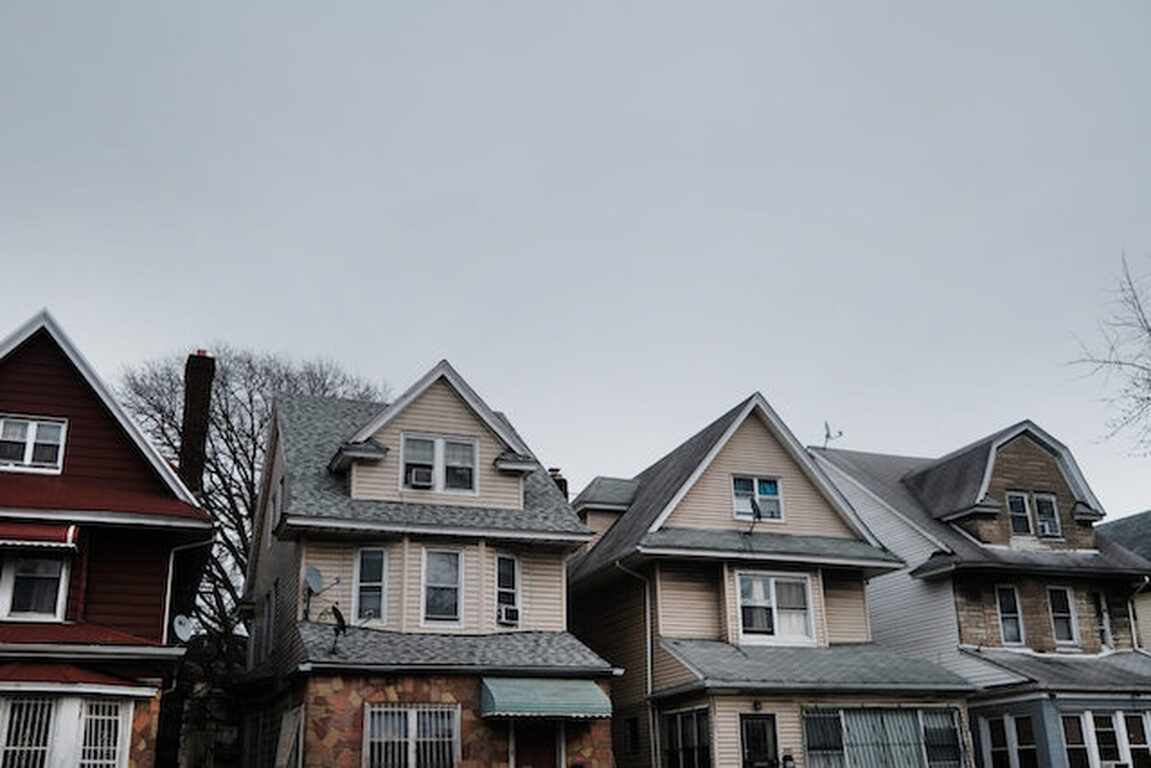Key indicators show that denver is not entering a housing bubble
Ever since the onset of the COVID-19 pandemic, there have been whispers of a housing bubble forming in the Denver Metro real estate market. With the virus scaring consumers out of the marketplace in the spring, followed by rapid market improvements in the early summer, some see this as a foreshadowing of a crash later this year. However, LIV Sotheby’s International Realty is here to set the record straight; this rumor is based on fear, not fact.
Data shows that housing market is toward recovery rather than relapse. Two important factors are regulated lending practices and fixed mortgage rates but balance between supply and demand is even more important.
“The whole Denver Metro story really comes down to the relationship between supply and demand. We are grossly undersupplied, and we have been for years,”said Shannel Ryan, President of LIV Sotheby’s International Realty, Metro Denver.
Denver Metro is experiencing a shortage of available properties and a surplus of eager buyers who are gobbling up the listings in the marketplace. Record-low interest rates paired with the pent-up demand that accumulated during the stay-at-home order, have created an explosion of buying activity in the delayed spring market, beginning in June.
In June, active inventory for single-family detached homes declined by 16.4% month-over-month, with 3,343 units for sale, according to data from the Metro Denver Market Review compiled by Megan Aller of First American Title. Despite the lack of inventory, pending contracts jumped up 7.2% from May to June. The imbalance in supply and demand has buyers competing for a small inventory of homes, in which 35.6% of listings on the market closed for over asking price and drove overall prices upwards.
For the market to be in a state of balance we would generally need a six-month supply of inventory, although Denver’s average inventory is lower than national numbers, with an average 4.5-month supply. To put things in perspective, there is currently a 0.8-month supply of available homes in Denver Metro. The available inventory also varies by neighborhood. For example, the LoDo market has more than six months of inventory, which creates more opportunities for buyers than sellers.
While the future will always be unpredictable, it is unlikely that Denver Metro will experience a bursting housing bubble this year. The steady stream of demand from homebuyers should keep home prices within a healthy range. It is also important to consider that this lack of inventory will not plague Denver forever. New construction projects around town will aid in the leveling of the marketplace. These factors, in conjunction with COVID-19 eventually becoming more manageable on a large scale, should be the medicine the market needs to make a full recovery.
“Clients are looking for clear direction on strategy in today’s real estate market. Any data or speculation based on a macro-level analysis grossly underestimates the tremendous amount of opportunity that exists in an inventory starved market,” said Ryan.
Data shows that housing market is toward recovery rather than relapse. Two important factors are regulated lending practices and fixed mortgage rates but balance between supply and demand is even more important.
“The whole Denver Metro story really comes down to the relationship between supply and demand. We are grossly undersupplied, and we have been for years,”said Shannel Ryan, President of LIV Sotheby’s International Realty, Metro Denver.
Denver Metro is experiencing a shortage of available properties and a surplus of eager buyers who are gobbling up the listings in the marketplace. Record-low interest rates paired with the pent-up demand that accumulated during the stay-at-home order, have created an explosion of buying activity in the delayed spring market, beginning in June.
In June, active inventory for single-family detached homes declined by 16.4% month-over-month, with 3,343 units for sale, according to data from the Metro Denver Market Review compiled by Megan Aller of First American Title. Despite the lack of inventory, pending contracts jumped up 7.2% from May to June. The imbalance in supply and demand has buyers competing for a small inventory of homes, in which 35.6% of listings on the market closed for over asking price and drove overall prices upwards.
For the market to be in a state of balance we would generally need a six-month supply of inventory, although Denver’s average inventory is lower than national numbers, with an average 4.5-month supply. To put things in perspective, there is currently a 0.8-month supply of available homes in Denver Metro. The available inventory also varies by neighborhood. For example, the LoDo market has more than six months of inventory, which creates more opportunities for buyers than sellers.
While the future will always be unpredictable, it is unlikely that Denver Metro will experience a bursting housing bubble this year. The steady stream of demand from homebuyers should keep home prices within a healthy range. It is also important to consider that this lack of inventory will not plague Denver forever. New construction projects around town will aid in the leveling of the marketplace. These factors, in conjunction with COVID-19 eventually becoming more manageable on a large scale, should be the medicine the market needs to make a full recovery.
“Clients are looking for clear direction on strategy in today’s real estate market. Any data or speculation based on a macro-level analysis grossly underestimates the tremendous amount of opportunity that exists in an inventory starved market,” said Ryan.


 Menu
Menu




